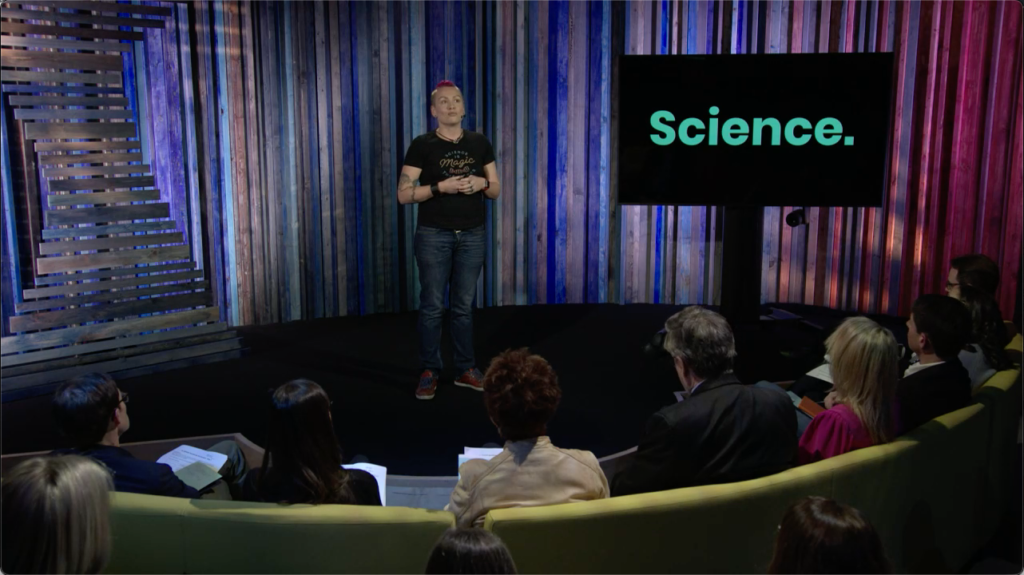On being Top 10 in the AI for Good XPRIZE
Our social media recently reminded us that two years ago, Anita stood first on the stage of TED in New York, then together with Victor in front of the jury, for the finals of the AI XPRIZE. As a competition that stretched out for more than 4 years, it was sometimes hard to communicate to the outside world just how much work we put into the participation – and how much the validation of ending up among the Top 10 startups in the world meant. Our research team, led by our incredible CTO, is pushing the frontier of Natural Language Processing – on scientific text, which is arguable both among the hardest NLP tasks and with the most stringent requirements for accuracy. Getting the XPRIZE organization’s validation of the research team’s work was a highly welcome accolade.
When we first applied in 2016, with one employee on board in addition to the co-founders, and a whooping investment to date of €50,000, the registration fee of $1,000 was a major investment that we debated at length before committing. How far we’ve come!
We were thrilled of being accepted as an approved competitor among over 150 other teams (which would be increased by adding ‘wild cards’ to the competition on a yearly basis over the next 4 years)
The competition was, like most XPRIZEs, structured into yearly progress reports shaped as research papers where participants presented the problem we were addressing, why AI research was needed, state of the art, the AI/ML research we had undertaken in the last year and how we had applied it – and the ensuing proven results. The reports were evaluated for the first three years by industry and technology experts, and each year, the number of participants were cut in half or thereabout.
Making it through the second and third rounds, and becoming top 30, was a major undertaking. One of the years we were shortlisted as among 10 with a milestone award and were therefore invited to join the XPRIZE foundation at NeurIPS, the world’s most prestigious machine learning conference. It was such a joy meeting the other participants – smart, driven, and impact-focused participants applying powerful AI/ML technology on a range of important topics from mental health via recycling to malaria.
As the competition moved toward the end, all teams were partnered up with a “red judge” – a machine learning expert who would shadow us for a while, under NDA, learning all they could about our technology, thoroughly diving into our problem, our research and our solution. Seeing demos, seeing code, discussing with the research team – it was extensive and it was fun! Our red judge was Jungo Kasai, at Washington University. \It was a pleasure working with him – and while we don’t actually know what his final report said, it must have been solid, positive and good! So much so that in December 2019, we were (under strict confidentiality) told that we had made it to the Top 10 finalists! This included a $15,000 award prize and being invited to present Iris.ai on the TED stage in February 2020 – which turned out to be the last foreign travel for a while for both Anita and Victor. https://www.xprize.org/prizes/artificial-intelligence/teams
It was a long competition – but the strong validation of our research and its sound application on an important problem, was key to our continued success.

